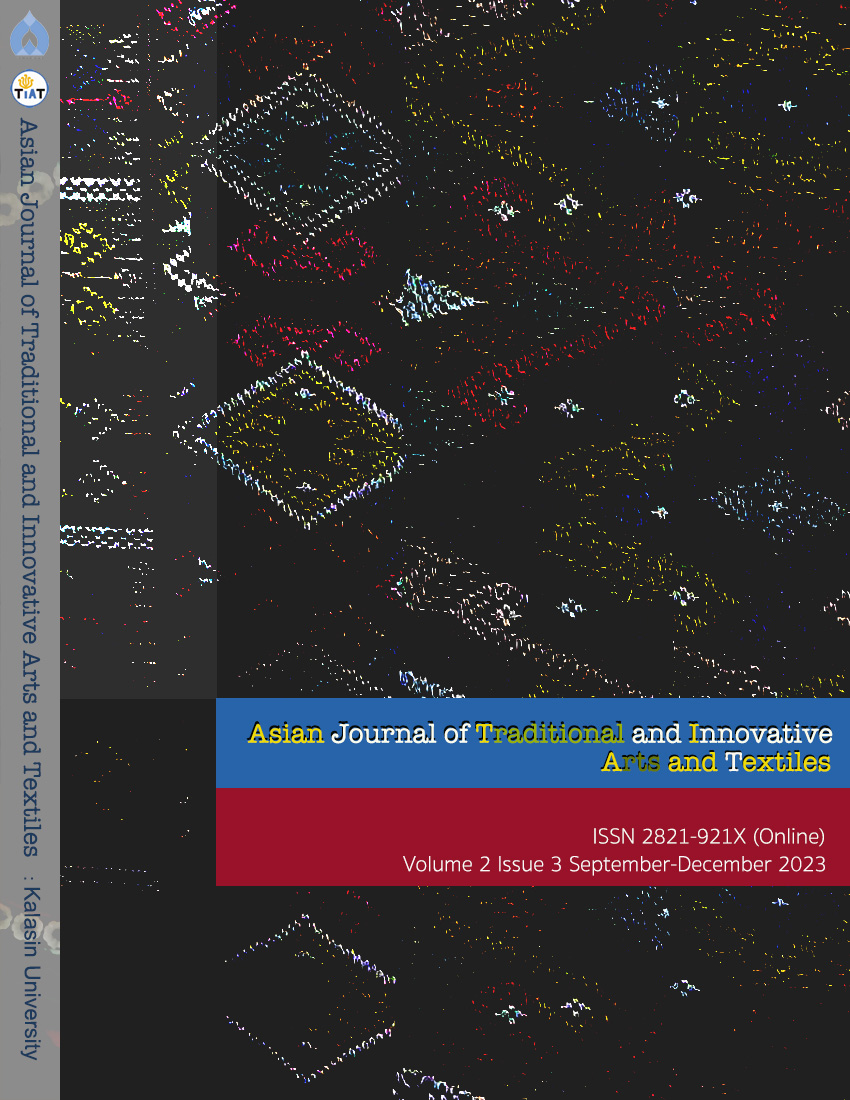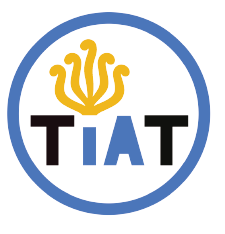“Thich Quang Duc” the monk of Thien Mu Temple
DOI:
https://doi.org/10.14456/tiat.2023.9Keywords:
Thich Quang Duc , Thien Mu Temple, Buddhism , VietnamAbstract
The purpose of the scholarly article on "Thich Quang Duc" of Thien Mu Temple is to examine the historical background of the temple in Hue City, Vietnam. As well as researching Phra Thich Quang Duc's significance to Vietnamese Buddhism. Through gathering data through fieldwork, surveys, publications, internet media, non-participant observation, interviews, note-taking, photography, data analysis, and synthesis. According to the study's findings Buddhism, Taoism, and Confucianism were all brought to Vietnam from China and India. These days, Thian Mu Temple is a symbol of the demand for the right to practice Buddhism. Phra Thit Quang Duc was a prominent monk who killed himself by burning in order to demand justice for Buddhism. For Buddhism in Vietnam, this assertion is crucial. The first, religion, is still practiced and taught in Vietnam. The second is building and renovating temples for a variety of purposes, both secular and spiritual. The third phenomenon is the peaceful demand for rights. Lastly, the fact that he self-immolated became a major factor in the survival of Buddhism in Vietnam. "Bodhisattva Thich Quang Duc" was the moniker given to "Thich Quang Duc" Nowadays, Thien Mu Temple in Hue City, Vietnam, is a popular tourist destination. Even today, people still tell the stories of Thich Quang Duc and the building of Thien Mu Temple.
References
จันทรัสม์ ตาปูลิง และ ธันวา ชัยแก้ว. (2564). การเมือง : ปัจจัยความเสื่อมและความเจริญของพระพุทธศาสนาในประเทศเวียดนาม. ใน การประชุมวิชาการระดับชาติครั้งที่ 7 “วิถีพุทธ วิถีชุมชน รากฐานชีวทัศน์เชิงสังคมล้านนาในสังคมวิถีใหม่”. ลำพูน : วิทยาลัยสงฆ์ลำพูน มหาวิทยาลัยมหาจุฬาลงกรณราชวิทยาลัย.
ประชา ปสนนธมโม. (2523). จุดยืนของพระพุทธศาสนิกท่ามกลางสงครามและการปฏิวัติศึกษาจาก เวียดนาม. กรุงเทพฯ : มูลนิธิโกมลคีมทอง.
ปิยะแสง จันทรวงศ์ไพศาล. (2558). ศิลปะอาเซียน เวียดนาม กัมพูชา เมียนมา ลาวและไทย. กรุงเทพฯ : จุฬาลงกรณ์มหาวิทยาลัย.
ผาสุก อินทราวุธ. (2546). พระโพธิสัตว์บารมีกับอุดมการณ์สร้างสรรค์สังคม. วารสารดำรงวิชาการ. 2(3) : 9-28.
พระมหาโชว์ ทสฺสนีโย และคณะ. (2559). บทวิจารณ์หนังสือพระพุทธศาสนาในจีน ทิเบต เวียดนาม ญี่ปุ่น : มองผ่านงานพระศรีคัมภีรญาณ (สมจินต์ สมฺมาปญฺโญ). วารสาร มจร. สังคมศาสตร์ปริทรรศน์. 5(2) : 263-277.
พระมหาสมจินต์ สมฺมาปญฺโญ. (2564). พระพุทธศาสนาในเวียดนาม. สืบค้นเมื่อ 19 ตุลาคม 2564, สืบค้นจาก https://www.mcu.ac.th/article/detail/35362.
พระมหาดาวสยาม วชิรปัญโญ. (2557). พระพุทธศาสนาในเวียดนาม. กรุงเทพฯ : เม็ดทราย.
ศึกฤทธิ์ ปราโมช. (2511). สงครามเวียดนาม. กรุงเทพฯ : บรรณาคาร.
สมจินต์ สมมาปญโญ. (2551). พระพุทธศาสนาในจีน ทิเบต เวียดนาม ญี่ปุ่น. กรุงเทพฯ : ไทยรายวันการพิมพ์.
สุด จอนเจิดสิน. (2546). ประวัติศาสตร์เวียดนามตั้งแต่สมัยอาณานิคมถึงปัจจุบัน. (พิมพ์ครั้งที่ 2). กรุงเทพฯ : จุฬาลงกรณ์มหาวิทยาลัย.
เหงียน เกา กี. (2520). สิ้นชาติ (พงษ์ พินิจ, ผู้แปล). กรุงเทพฯ : ธีระการพิมพ์.
อำภา บัวระภา. (2559). ภูมิทัศน์วัฒนธรรมของเวียดนามที่ได้รับอิทธิพลจากวัฒนธรรมจีนและฝรั่งเศส. วารสารวิชาการคณะสถาปัตยกรรมศาสตร์ สจล. 22(1) : 88-97.
Buttinger, J. (1986). Veitnam: A Political History. New York : Praeger.
Kamn, H. (1996). Dragon Ascending. New York : Arcade Publishing.
Downloads
Published
How to Cite
Issue
Section
License
Copyright (c) 2023 Asian Journal of Traditional and Innovative Arts and Textiles

This work is licensed under a Creative Commons Attribution-NonCommercial-NoDerivatives 4.0 International License.





